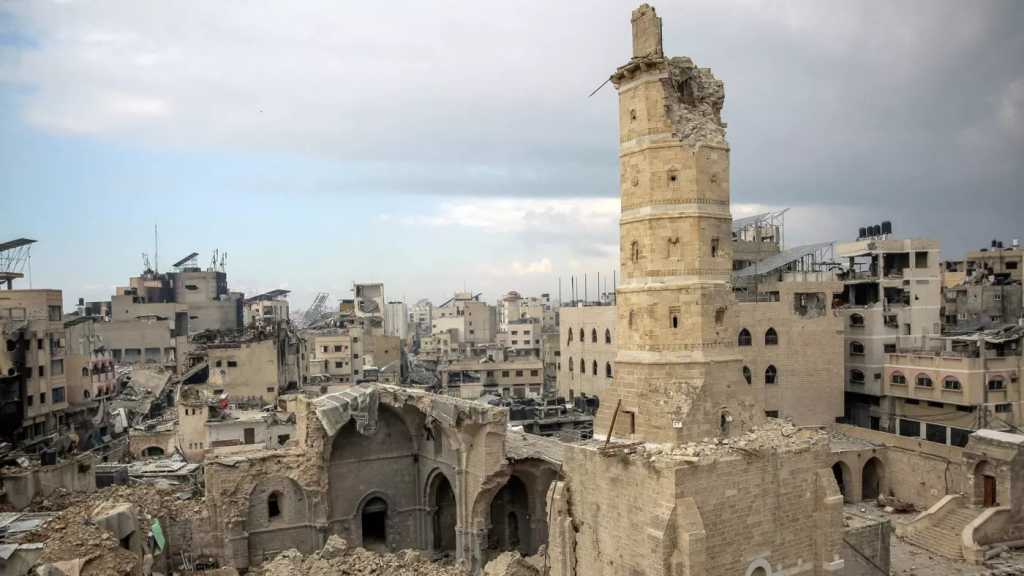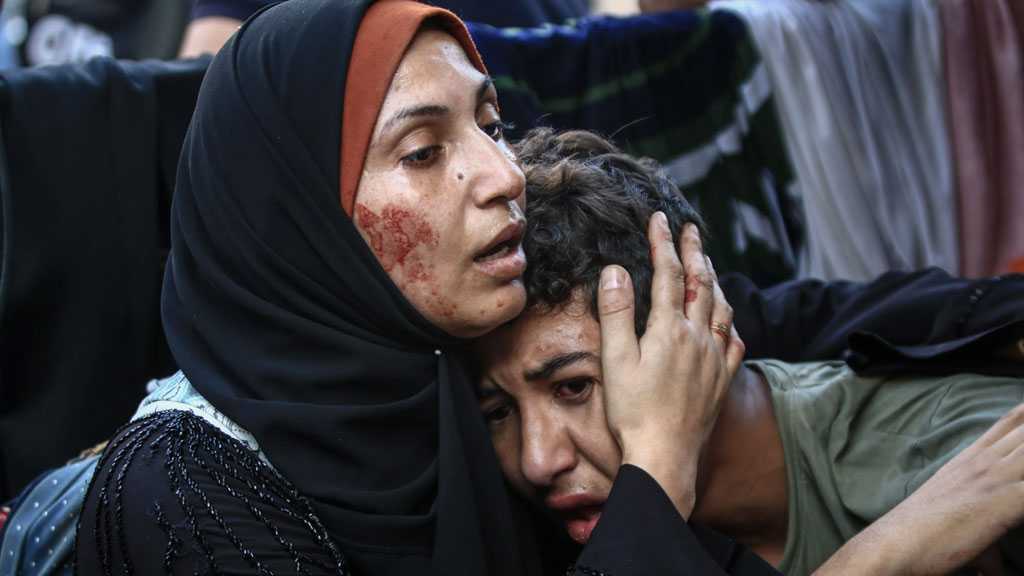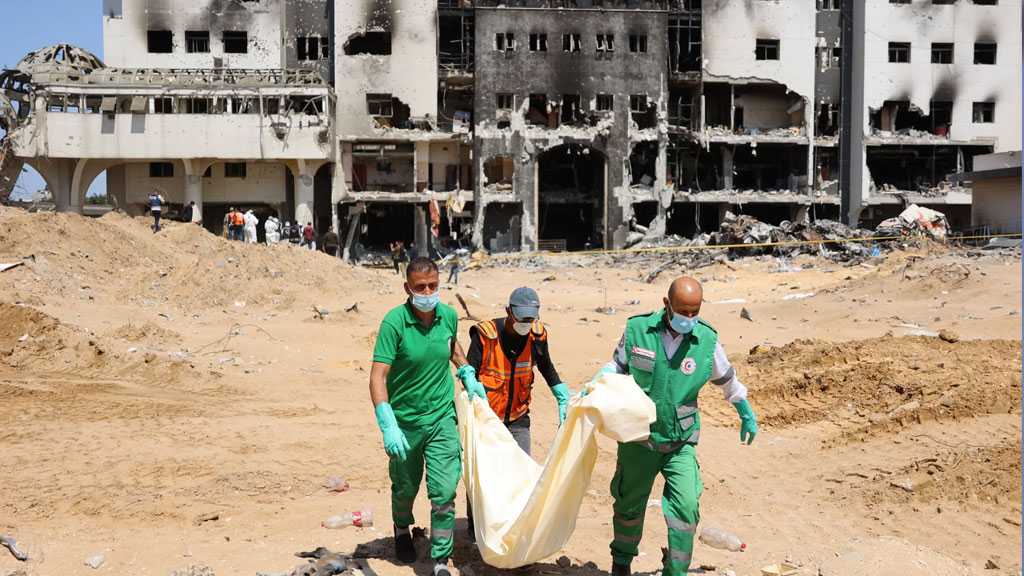
War on Heritage: ‘Israel’ Erases Gaza’s Religious, Cultural Heritage

By Staff, Agencies
The material loss Palestinians in the Gaza Strip have suffered in three months of “Israeli” bombing is unprecedented. Not only have they lost their homes, entire neighborhoods, and civilian infrastructure, but residents say another “immeasurable damage that cannot be repaired” has been the erasure of Gaza's history.
Since the beginning of its aggression on Gaza, the “Israeli” military has targeted and destroyed dozens of heritage sites, including historic churches and mosques, cultural museums, and archaeological structures that date back thousands of years.
Key religious sites have been a target for “Israeli” air strikes and artillery shelling across the different districts of Gaza. Many of those sites had been transformed into shelters for displaced Palestinians at the time of the attack, resulting in dozens of casualties.
On 18 October, the Greek Orthodox Church of Saint Porphyries was damaged by an “Israeli” air strike on the adjacent 141-year-old Ahli Baptist Hospital, the oldest hospital in the strip.
Two days later, it was directly targeted by a strike that martyred at least 16 people and wounded others among the families who were taking refuge in the church.
Randa Arteen, a Christian resident of Gaza, said the church was one of the few religious sites where she and her community would pray and spend religious holidays since “Israel” does not grant them permits to travel to Bethlehem through the “Erez” Crossing each year.
The almost 900-year-old church, one of the oldest in the world, was one of three churches that were damaged across the strip.
In addition to churches, at least 114 mosques have been destroyed and 200 others have been damaged in Gaza, including the 13th century Othman Bin Qashqar Mosque in al-Zaytoun neighborhood, south of Gaza City, and the medieval Great Omari Mosque, the largest and oldest mosque in Gaza, located in the heart of the Old Town east of Gaza City and dating back to the seventh century.
The mosque, which was converted from a Byzantine church, is considered one of the oldest in the world.
Close to the Omari Mosque lies Hammam al-Samra [the Samra Bath], a prominent and rare surviving example of an Ottoman architectural site in Gaza.
On 30 December, “Israeli” strikes directly hit the site, destroying Turkish-style features that date back over 1,000 years.
In a report released by Heritage for Peace in November, documenting the impact of “Israel’s” aggression on Gaza’s cultural heritage, the organization said at least 104 out of 195 architectural heritage sites that it counted in the coastal enclave were destroyed or damaged.
Since it is impossible to assess the damage on-site, the United Nations Educational, Scientific and Cultural Organization [UNESCO] experts say they have been remotely monitoring the situation “using satellite data and information transmitted to us by third parties, in coordination with its partners and UN agencies on the ground, and our office in Ramallah”.
Another notable casualty of air strikes in Gaza City was the Central Archive Building, which was destroyed on 29 November.
Run by the Municipality of Gaza, the building contained thousands of historical documents and national records about Gaza, dating back over 100 years.
In addition, at least three museums were destroyed or severely damaged, including the government-run Basha Palace Museum, which dates to the 13th century and was directly targeted.
In Khan Younis, in the southern Gaza Strip, al-Qarara Cultural Museum was damaged multiple times by Israeli air strikes on adjacent homes.



